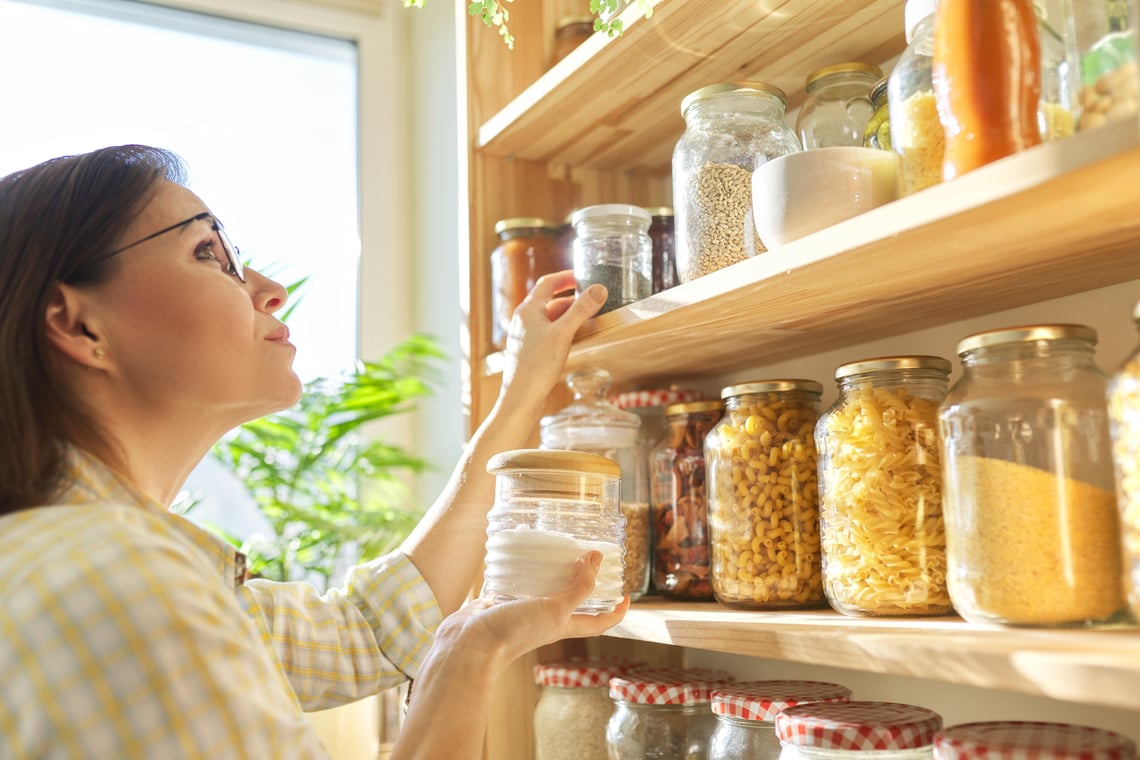No matter where you live in America, plastic pollution from single-use items has become a big, ugly, and pervasive problem.
Not only are these items wreaking havoc on our environment and wildlife, but they’ve made their way into the food chain. According to new research from the University of Newcastle, Australia commissioned by the World Wildlife Fund, microplastics---which are tiny plastic particles with an upper size limit of 5 mm---have infiltrated our water systems and our food. To put it into perspective, it’s been shown that the average American consumes about a credit card’s worth of plastic a month (about 5 grams).[1]
In other words: plastic pollution isn’t “someone else’s problem” anymore. Per researchers, it's become a “direct threat” to everyone on the planet.
For those who live in cities and suburban areas, weekly recycling service can help ease the pain of all that waste. However, when you live in the country recycling becomes much less convenient. This, along with living closer to nature, should get you thinking about how to reduce plastic waste.
The question is: how and where to begin?
One of the best ways to get inspired to get started (which is often the hardest part!) is to look back in history at how people got along without plastics. And since our kitchens tend to be the biggest source of preventable single-use plastic waste, that’s a good place to begin.
For some expert advice, we talked to our resident historical pantry expert and author of “The Pantry—Its History and Modern Uses” Catherine S. Pond for her insights on what we can learn from kitchens of yester-year.
9 Historical Solutions for a Modern Plastic-Free Country Kitchen
Lesson #1: Rethink and Simplify Food Storage
Plastic storage containers have become a staple in the modern kitchen. However, given what we now know about how plastics leach harmful chemicals like BPA, BPB and microplastics into our food, the time has come to rethink our food storage habits. Says Pond:
“Before the age of Tupperware, glass refrigerator sets were common. These were covered glass rectangular dishes, made for stacking (and often made of Depression glass). Also, it's important to remember that leftovers were not that frequent as people ate less in general, and portions were smaller, and housewives and farmwives were frugal. Post war was also the era of "the clean plate club."
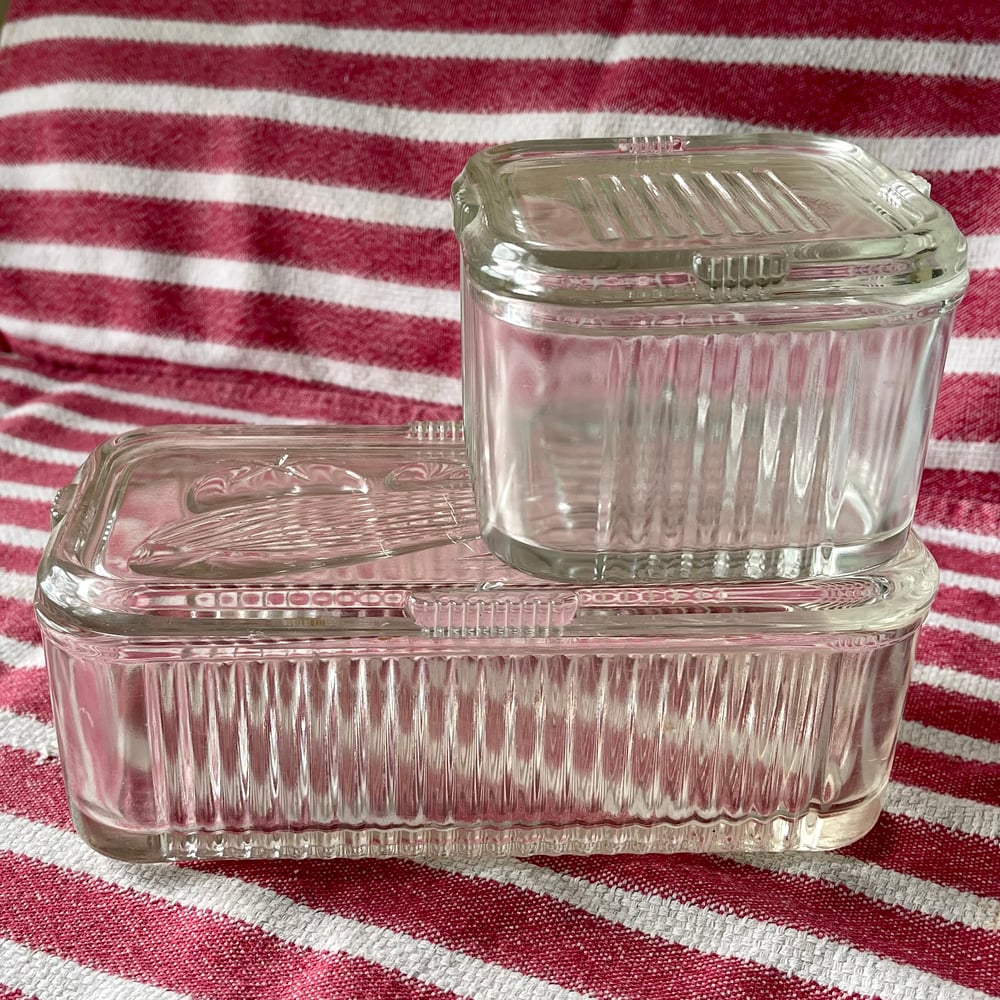
There are many modern versions of these sets with locking lids you can find online, in price clubs or at any home goods store. Affordable mason jars also make great storage containers as their height lends itself to visibility (which means less food wasted).
Pond adds: “Canisters were glass, crockery or tin. Anchor Hocking and other companies now make retro-vintage inspired lidded glass canisters, which I use everywhere.”
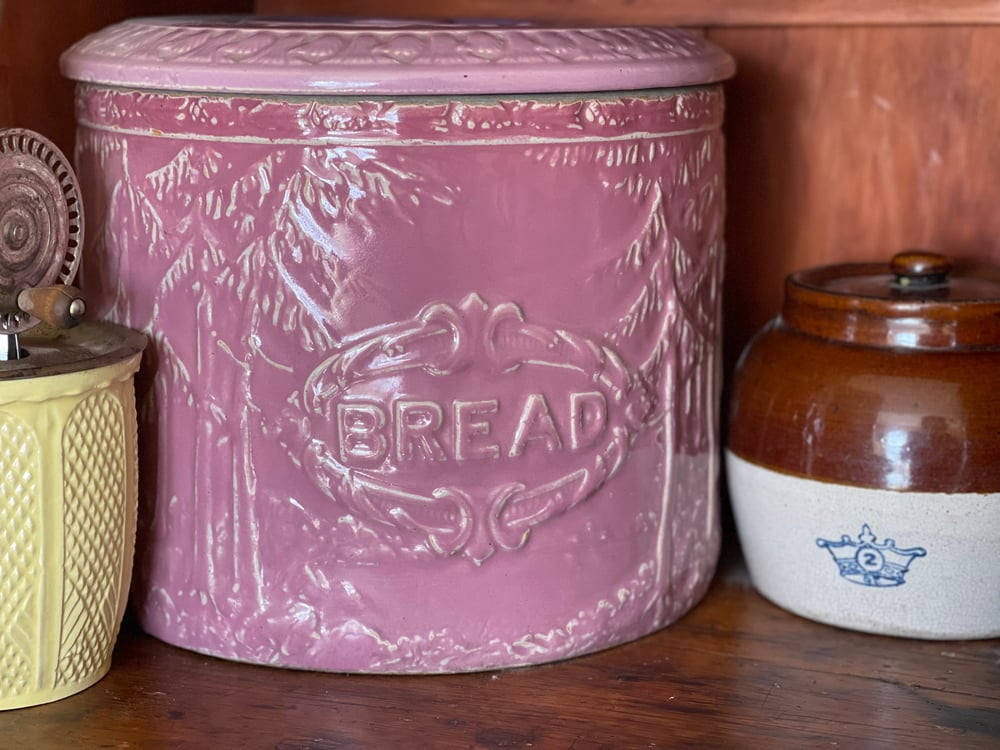
“Fresh homemade or purchased bread, before slicing, was kept in tin bread boxes and crockery. Pies, cake and other baked goods were kept in old-fashioned pie safes or boxes with punched holes for air, that kept them fresh while keeping pests out.”
Bread boxes can still be purchased in a variety of styles (from bamboo to farmhouse-chic) for keeping bread fresh.
“Overall, I try to use plastic as little as possible.” Says Pond. “I don't like beverages stored in it and find it flavors food negatively. So I'll use glass or crockery and I have loads of vintage pitchers.”
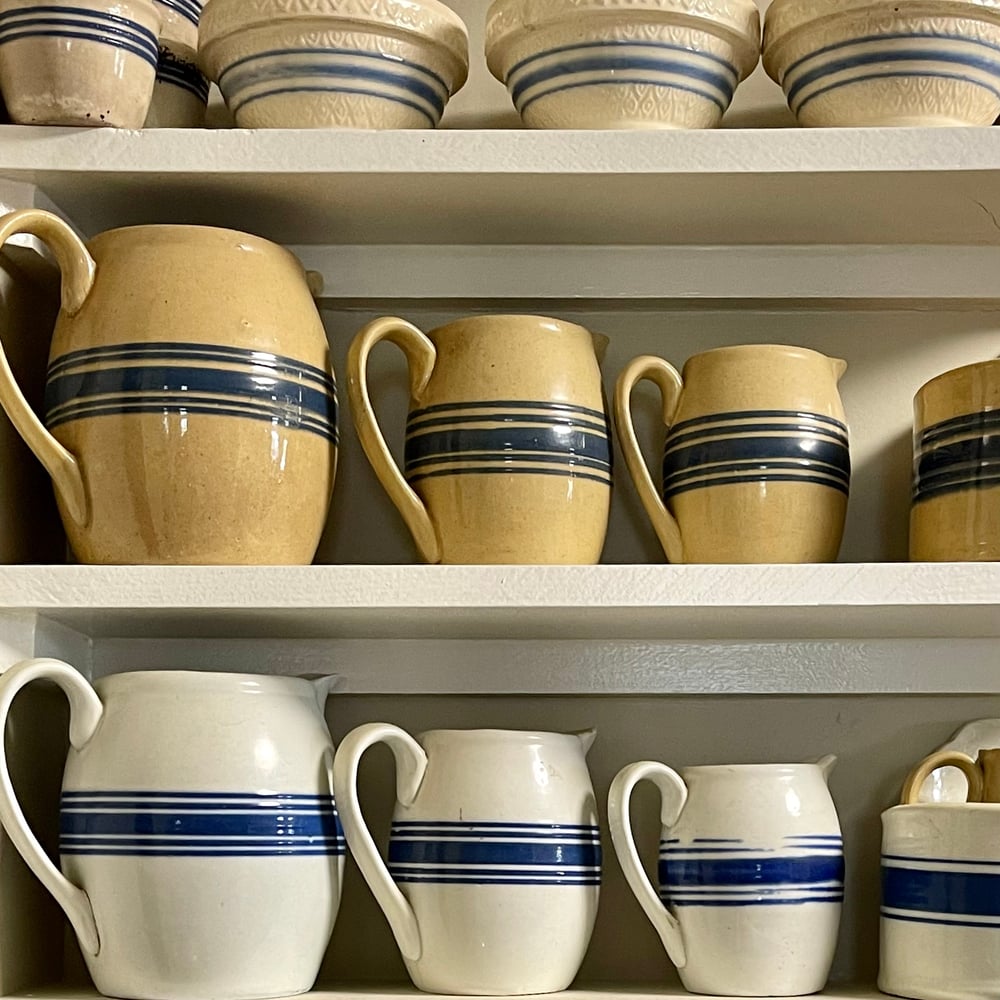
Lesson #2: Swap Plastic Wrap and Bags for Wax Paper
“Wax paper was big before plastic wrap: sandwiches were wrapped in it, for example.”
Today, you can still purchase traditional or unbleached wax paper at any grocery store. Some everyday uses include wrapping up deli meats and cheeses, using it to pound out chicken breasts, covering up leftovers in a pie plate, and wrapping up nearly any type of food.”
For sandwiches, they also make these handy dandy sealable wax paper bags (and non-wax-paper compostable bags) which are perfect for sack lunches.
It is also worth noting, that although not historically relevant, reusable silicone storage bags have come a long way in terms of price, quality and usability. Many brands are dishwasher-safe and, when properly cared for, can be used to store foods, liquids, etc. in your fridge or freezer for years. Reusable beeswax cloth wraps (which you can DIY or buy premade on Etsy, Beeswrap, Amazon, etc.) can also replace plastic wrap for non-animal-based products.
Lesson #3: Buy in Bulk
Back 100+ years ago, few country folks ventured all the way out to the General Store for just a pound of sugar or flour. Rather, dry goods were bought in bulk for the sake of practicality and economy, then stored properly to last for months.
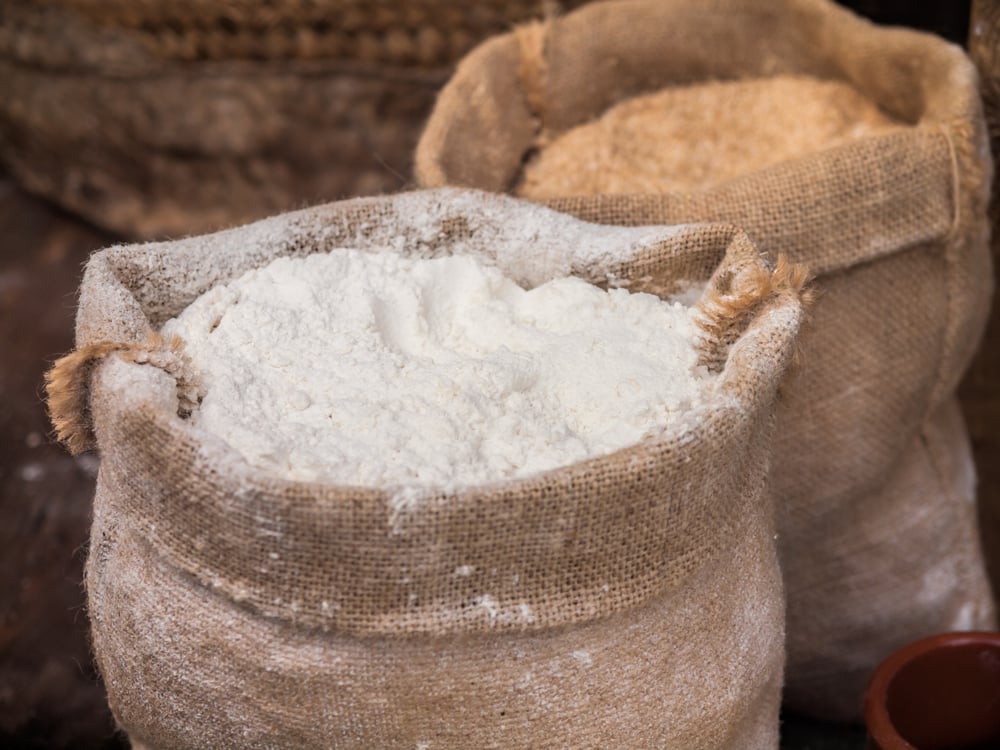
Pond explains: “Pantries were generally in the cooler northwest corners of New England farmhouses, for example, and root cellars were common in the South. They were unheated and deliberately drafty spaces for food storage. Some had large tin-lined bins for dry goods like flour and sugar.
“Now I buy a lot of products in bulk and put them in my glass jars. I also have a large tin flour bin.”
Even if you don’t have a root cellar (like most of us), you can purchase reusable storage bins or even food-grade buckets to store your excess bulk dry goods. Then just refill your glass jars or smaller storage containers as-needed.
Interesting fact: old fashioned, cloth flour sacks of yester-year were coveted items due to their softness and absorbability. Thus, they were never discarded and instead carefully cleaned and re-purposed for making diapers.
Lesson #4: Got Laying Birds? Invest In Reusable Egg Cartons
If you’re lucky enough to collect your own fresh eggs, be sure to store them in reusable egg cartons. Not only are these more environmentally-friendly, but they’re incredibly sanitary when washed and cared for properly.
Says Pond: “Farm eggs were always stored at room temperature on the counter in wire egg containers or various other reusable containers (I still do this).”
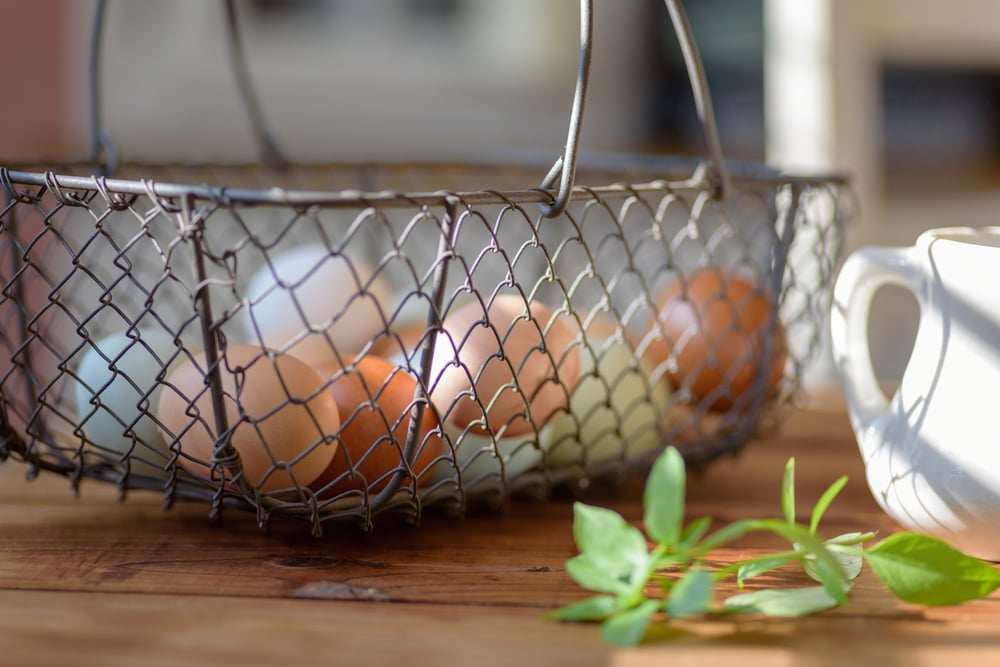
Should you refrigerate your fresh farm eggs? The debate continues...
The debate about storing fresh eggs at room temperature comes down to two main issues: salmonella and the way in which the eggs are (or are not) sterilized.
In the UK, for example where eggs are typically stored on counters, all commercial laying hens are vaccinated for salmonella which substantially reduces the risk. Here in the United States, salmonella vaccines are not required for laying hens, which increases the risk of food-borne illness. Also, commercial eggs are sterilized in this country, which strips away the protective membrane that preserves them at room temperature. This is why farmers of yester-year, could store their eggs on the counter without fear: no factory farming meant no real threat of salmonella, and no sterilization of eggs meant the membranes stayed in-tact. (Plus, they had no refrigerators so they had no choice.)
So, should you refrigerate your own fresh farm eggs? Maybe. It ultimately depends on how confident you are in your flock’s health and how you clean your eggs. For more helpful information, including the results of a study on warm- vs. cold-stored eggs, check out this article from Medical Daily.
Lesson #5: Bring Back The Cookie/Donut Jar!
Since it’s daunting to find “the perfect” storage container for a big batch of muffins or cookies they’re often tossed in plastic storage bags. However, it wasn’t long ago that every house had a “cookie jar”. Says Pond:
“Decorative cake tins were widely used to store cookies or cakes and were especially popular with the English. Cookie tins or ceramic jars with lids were also used to store homemade baked goods like donuts, biscuits, and cookies.”
Perhaps it’s time to bring back the cookie jar (and store the excess in reusable silicone bags)!
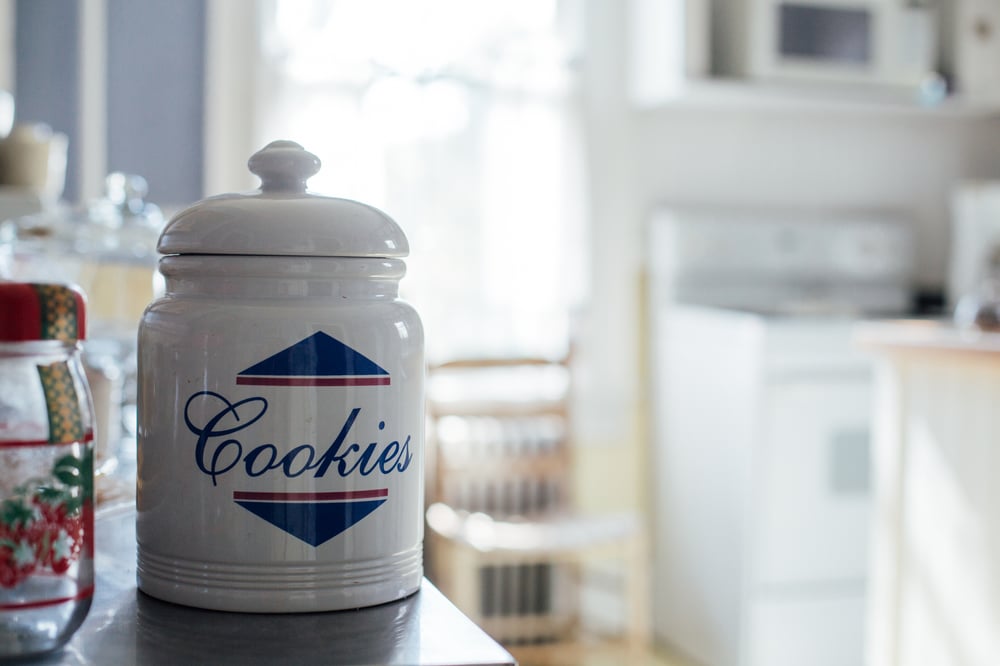
Lesson #6: Reuse Manufacturer’s Packaging
Unless you’re 100% food self-sufficient, food packaging in its various forms is unavoidable. But that doesn’t mean you can’t repurpose a good bit of it. Pond recommends:
“Though not necessarily “historical” practices, I like to use the following:
- Paper or styrofoam egg cartons can be reused for starting seedlings.
- 1 gallon round ice cream containers or half-gallon sherbet containers are great for food or freezer storage.
- Plastic gallon berry buckets are perfect as shower caddies or under-sink storage.
- Plastic mushroom cartons are also wonderful for seed starting (I save them throughout the winter).
- Reuse plastic grocery bags for small trash cans in your house.
- Plastic coffee containers can make great pet or small animal feed scoops.”
- Mason Jars are perfect for storing spices — I have an array in my pantry from a certain sauce manufacturer who I believe is the only one who makes jars that are properly fitted for canning seals and lids, so I will also reuse them for canning. But any lidded jar will do. Storage can be both functional and decorative.”
Lesson #7: Cook From Scratch More Often
Even our recent ancestors, like the pioneers for example, bought very little “processed” foods from the General Store. And instead, relied on homegrown foods which they milled, churned, smoked, canned, boiled and otherwise preserved and processed for future use. According to Pond, it wasn’t until World War II that packaged, premade, processed foods started showing up in homes across America.
Although most of us aren’t up for pioneer-level food preparation, we can all commit to cooking homemade food more often. Sure, some ingredients will come with packaging but a lot less of them will come from plastic packaging (especially if we’re selective about what we buy and whom we buy from).
Lesson #8: Support Your Local Farms
Yes, our ancestors were very food-self-sufficient. But, they also relied on neighboring farms to fill in nutritional gaps. Today, farmer’s markets, co-ops, CSAs, farmstands, etc. offer a super-convenient way to buy fresh, local produce without all the plastic packaging. Plus, you’re creating goodwill with your neighbors and supporting the local economy.
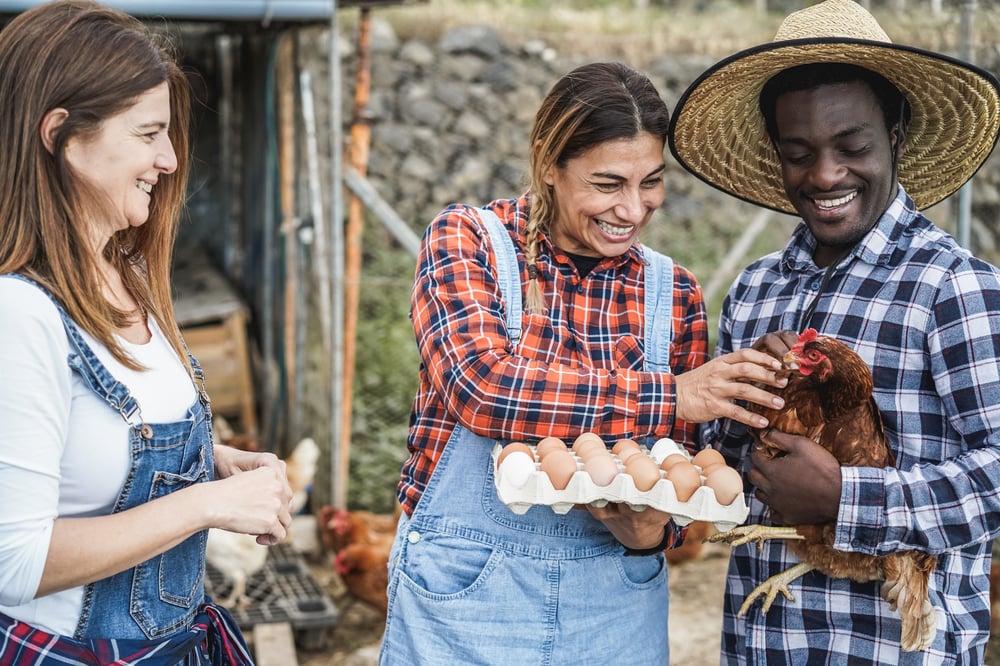
Many dairy farms (especially those raising cows sustainably on grass) will sell you milk in glass containers with a small deposit. And most CSAs and farmer’s markets either give you your food in boxes or will ask you to bring your own bags.
An additional tip: when you do buy produce from the supermarket or farmer’s market, avoid pre-packaged produce and skip bagging your lettuce, tomatoes, etc. If you like to bag them to stay organized, consider these washable and reusable produce bags.
Lesson #9: Grow Some Food...Even If It’s Just A Few Herbs
Gardening is an excellent way to reduce plastic waste in the kitchen because homegrown food requires no plastic packaging. If gardening isn’t your thing or you lack space, consider a small herb garden with a few of your favorites like basil, oregano, mint and thyme (all of which grow beautifully in the South). You’d be surprised how many plastic spice bottles this can save in a year’s time. Plus, it’s easy to preserve fresh herbs by drying them for future use and gifting.
The Big Lesson: Answers to Modern Problems can Often be Found by Studying our Past
Rome wasn’t built in a day, and neither is a plastic-free or low-plastic/low-waste country kitchen. The best way to approach big changes like this is to break them up into achievable steps. Maybe this week you’ll decide to cook an extra meal from scratch or buy some wax paper or reusable beeswax wrap to have handy when your plastic wrap runs out. Then next week, perhaps you’ll be ready to buy some of your groceries from a local farmer’s market or even join a CSA.
The point is to start somewhere...then keep on going.
And remember: people got along without plastics long before silicone bags, glass tupperware and other modern products that made it easier. The big lesson being: solutions to modern problems, even seemingly insurmountable ones, can very often be found by simply studying our past.
Reference:


